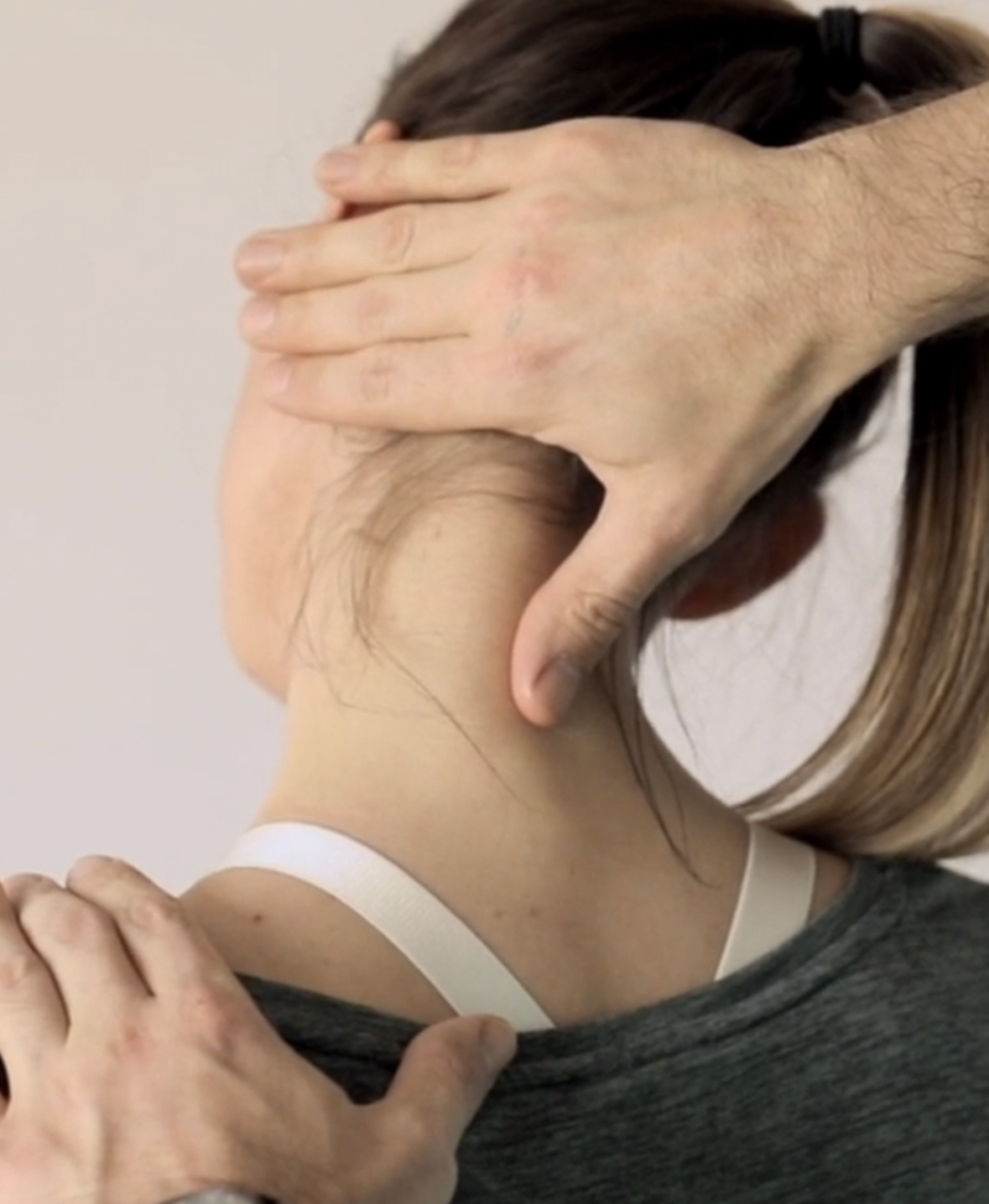



In the Western world, craniosacral therapy doesn’t always get the standing ovation that it deserves as an effective mode of healing, but it’s truly a subtle superpower. When we break down the word into it’s parts, cranio— meaning relating to the head or skull, and sacral— meaning relating to the base of the spine in the pelvis, we see that this energetic therapy is rooted in science via vital channels in the body. Still scratching your cranium? We’ll explain.
This gentle therapeautic modality involves a practitioner very, very lightly touching the body in various areas, mostly relating to the head, neck, or spine, but sometimes the feet, ankles, and other energetic output zones. While the light touch can feel very comforting, soothing, and relaxing, it’s also a crucial part for the practitioner— they need to be able to closely examine the delicate membranes and the subtle movement of fluids in and around the central nervous system.
If you need a little refresher on the central nervous system, it is composed of the brain and spinal cord. The nerves that branch off from these components are known as part of the peripheral nervous system, and are not examined in craniosacral therapy. Examining the movement of fluids in the CNS can determine how much therapeutic assistance one needs from the pracitctioner. Slow or light flow is an indication of a blockage in the energetic pathways, requiring manipulation of the fascia to release tension, or a need for micro-adjustments in the cranial bones.
While this descriptor may feel vague, almost anyone can benefit from craniosacral therapy. Small micro adjustments can help to alleviate, and even eliminate pain, strengthen immune response, reduce physical tension, induce restorative, restful sleep, and even access trapped emotional build-up by releasing tension in the fascia to promote a fluid flow of energy, or qi. Craniosacral therapy is based on the notion that everything in the body is connected, which is an integral part of our beliefs here at Amé.
Any therapy that is non-invasive, and can help our bodies to self regulate, self heal, and course correct is a powerful modality we can honor and explore. While it’s not widely recognized by Western medicine, it taps into the rhythmic energy that lives at the center of our physiological body. It’s powerful, vital, measurable, and as real as our other vitals. This gentle and intuitive technique is an important player in our index of modalities.